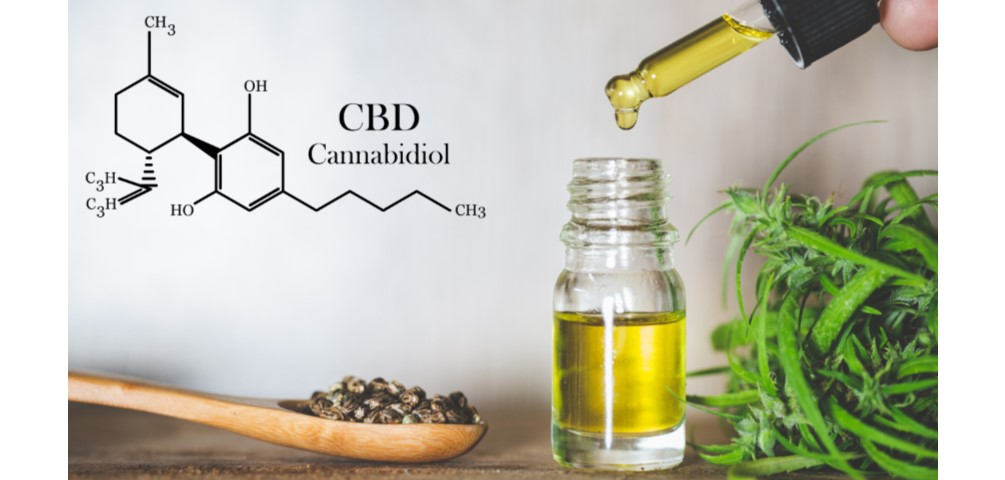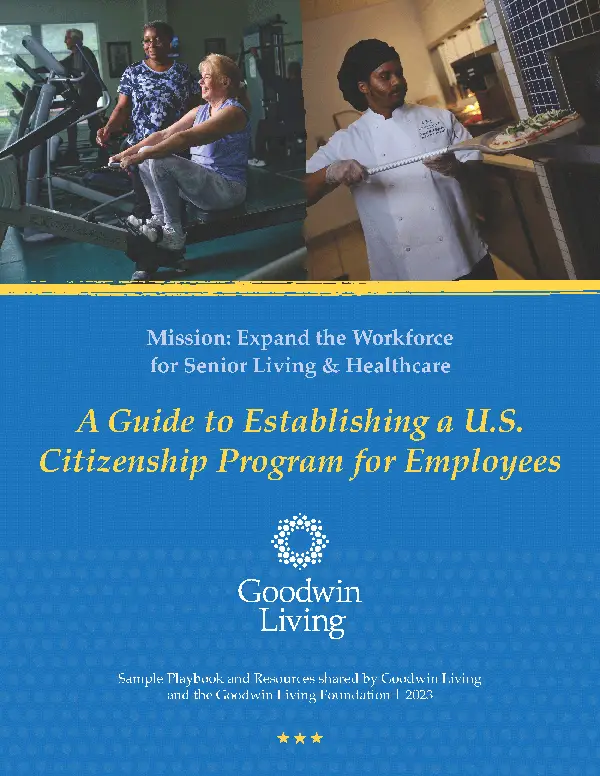
Live Vibrantly - September 26, 2019
by Amber McCracken
It’s all the rage and claims to cure all that ails you: CBD, an abbreviation for cannabidiol, a chemical compound derived from the cannabis plant. Everywhere you look, advertisers and health gurus are pushing CBD oil, gummies, water, ointments and supplements as a miracle elixir. Chronic inflammation? Try CBD. Depression or anxiety? CBD is the answer. Even acne, irritable bowel syndrome and PTSD can apparently be helped with just a few drops of CBD oil a day. The claims seem too good to be true, though many believe CBD is a clinical iceberg—we’ve only seen a small percentage of its potent power.
For one family, CBD lives up to the hype. In 2013, Charlotte Figi was a three-year-old child suffering from Dravet syndrome, a rare seizure disorder that could not be controlled by any existing medication. At her worst, she was suffering from more than 300 seizures a week. At the end of their emotional rope, her parents looked into medicinal marijuana.
Traditional marijuana has a high count of tetrahydrocannabinol or THC, the chemical compound in marijuana that causes the mind-altering effects. Not wanting that for their child, they did some research and discovered a low-THC, high-CBD strain of cannabis that had helped another child in the same situation. They bought as much as they could afford and had the CBD extracted and diluted in oil. The first day Charlotte used it, she had no seizures. Or the day after. Or the day after that. Charlotte only experienced seizures twice that first week.
The parents then turned to the Stanley Brothers, well known marijuana growers in Colorado who had developed a similar strain of high-CBD, low-THC cannabis. When the brothers heard Charlotte’s story, they agreed to give high-CBD medical cannabis to patients suffering from a variety of different ailments. Today, Charlotte is doing well, only has a few seizures a month, and is still taking the Stanley Brother’s strain of CBD, which they have named Charlotte’s Web.
This well-publicized story helped push CBD onto the wellness scene. But even the Stanley Brothers couldn’t have anticipated the explosion of CBD products that would soon follow.
CBD is far from new. The cannabis plant has been used medicinally for centuries, some date the discovery back to 500 BC in Central Asia. CBD and THC are the most well-known of nearly a hundred different cannabinoids. The isolation of CBD and THC came about in the 1940s, led by Dr. Raphael Mecholam of Israel. He has since published hundreds of scientific papers on cannabinoids and was the first to describe THC, the first to synthesize both CBD and THC, and the first to discover how CBD and THC interacts with the brain receptors.
The science of CBD begins with the Endocannabinoid System (ECS). The ECS has one main job—help the body regulate itself regardless of what’s going on around it. It plays a key role in how our bodies respond to pain, anxiety and stress by using endocannabinoids, or neurotransmitters receptors. It also communicates directly with important parts of the body like the central nervous system and gastrointestinal tract. It is believed that when THC enters the body, it binds to the ECS receptors, providing pain reduction and appetite stimulation, but also producing the mind-altering affects often associated with marijuana.
CBD, on the other hand, does not bind to the receptors. This is why you cannot get “high” with CBD. Instead, CBD helps keep the ECS receptors healthier and running more smoothly so they can keep the body in homeostasis, the state of inner stability.
Research is struggling to keep up with the anecdotal claims of CBD, especially as it relates to chronic pain. Just this month, the federal government announced funding for nine new research grants from the National Center for Complementary and Integrative Health totaling nearly $3 million, dedicated specifically to researching the health benefits of CBD. One of the grant recipients, University of Utah researcher Deborah Yurgelun-Todd, will look into how CBD extract affects pain-signaling pathways in the brain of humans with lower back pain.
Most evidence to date is the result of animal studies. One study found that rubbing CBD cream on the joints of arthritis-afflicted rats could help treat their ailment by reducing inflammation. Another found that CBD could reduce pain from osteoarthritis. Researchers showed that rats were able to bear more weight on their afflicted limbs and had less inflammation in their joints after taking CBD.
Mental health is the other main area of study. In a double-blind study published in Brazilian Journal of Psychiatry, participants with Social Anxiety Disorder (SAD) received either CBD or a placebo before taking part in a public speaking simulation. A control group of healthy participants also participated but given no form of medication. The results were judged by noting visual mood indicators, negative self-statements and physiological measurements such as blood pressure and heart rate. The participants who had been given CBD before the presentation showed greatly reduced anxiety and significant improvements in their speech performance and perceived comfort levels when compared to the placebo group.
If you are interested in CBD, consult your physician. As with any medication or supplement, it is important to discuss your own personal condition with your doctor before starting anything new.
If you do start incorporating CBD, dosing might be complicated. CBD is biphasic, meaning it works differently on the body in difference concentrations. Similar to alcohol, it can be a stimulant at one dose and a depressant at a different dose.
In her book CBD Oil: Everyday Secrets, Gretchen Lidicker, health editor of mindbodgreen.com, says this about dosing.
“For CBD-rich hemp extracts, most experts recommend starting with doses as low as 3 or 5 mg and then titrating up from there. An important thing to remember is that the best dose of CBD […] has everything to do with how your cannabinoid receptors are clustered in your body and the current status of your ECS, which is one of the reasons why there is no official recommendations when it comes to CBD dosage.”
Consider keeping a journal comparing your dose with any perceived health benefits. This can help pinpoint the best dose for you.
Lidicker also suggests the following tips when choosing the right CBD products:
Whether you try CBD or not, it isn’t going away anytime soon. Market research company, The Brightfield Group, released a report last year with the headline “Hemp CBD Market to Reach $22 Billion By 2022: Outpacing the Rest of the Cannabis Market Combined.” The company continues to stand by its projections.
With these types of sales and the number of success stories being shared, CBD may have moved beyond the realm of new age trend into a real area of medical advancement.
This article was posted in September of 2019. Since that time, the FDA has issued a warning of companies that are illegally selling cannabis-derived products. Please check out the FDA list of companies for which this warning applies. While the original article discusses many benefits to the use of CBD, there are known side effects. These can be best articulated by the FDA.
——
Amber McCracken is the executive director of Current Communications, a boutique consultancy that helps organizations with their marketing and public relations activities. Amber has worked with GHI since 2014, providing her expert advice to support Goodwin Living At Home. She contributes regularly to The Good Life, both as a writer and editor. Amber lives in North Carolina with her husband and two children.
